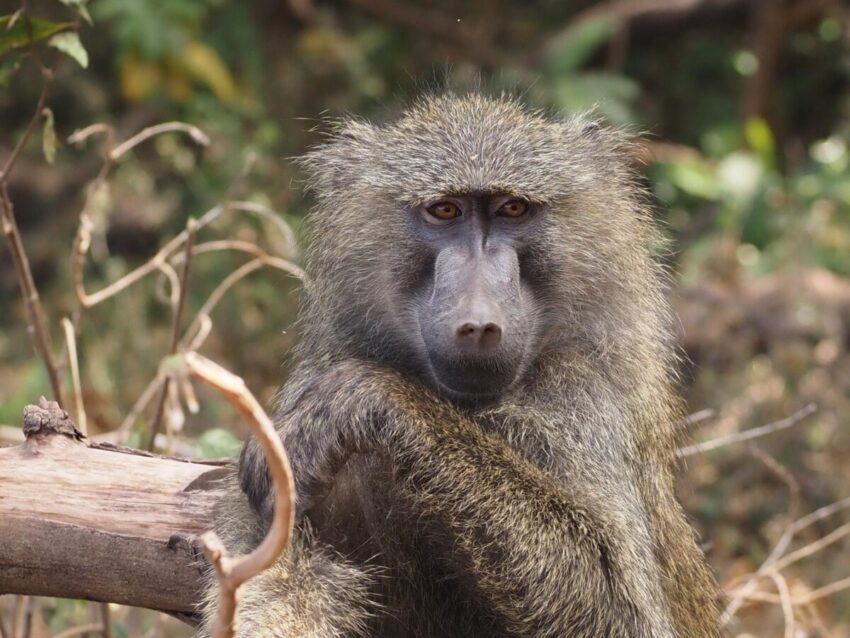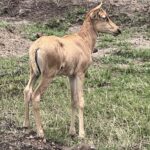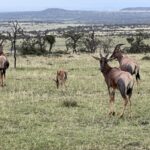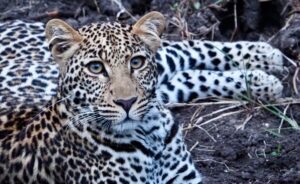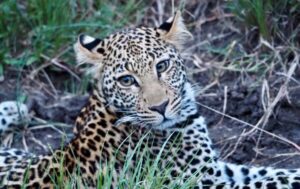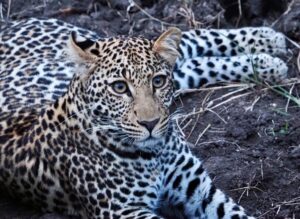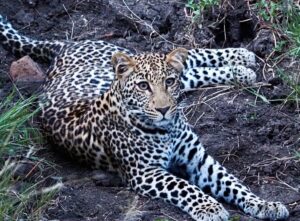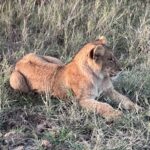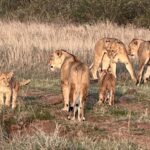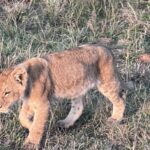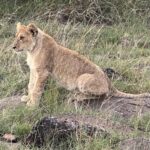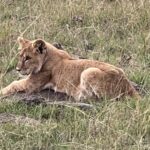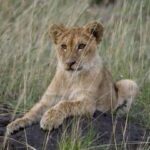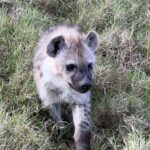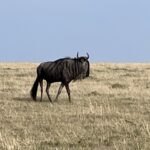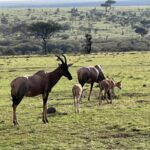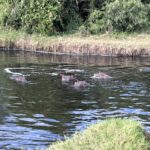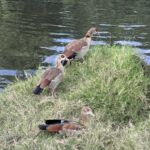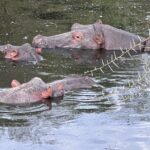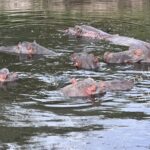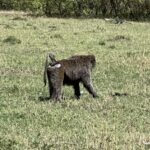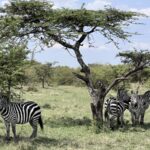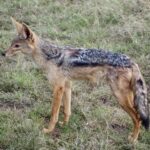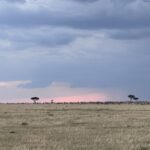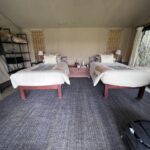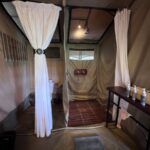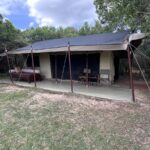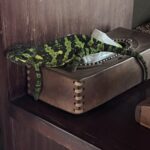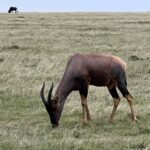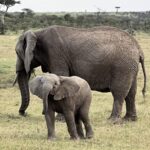The Mara conservancies are Maasai owned group ranches that have combined to conserve a total area nearly the size of the Maasai Mara National Reserve itself, covering 1450 km2 (560 mi2) across fifteen conservancies. The wildlife in the conservancies can be comparable to the main Maasai Mara game reserve, and in fact some areas have higher densities of predators than in the central reserve. Because there are fewer camps, the conservancies can offer a more exclusive experience than in the central reserve, with generally fewer game viewing vehicles around sightings.
The conservancy approach is widely seen as the way forward for wildlife conservation and eco-tourism in Kenya, because it not only secures vital space for wildlife but includes the local population as custodians of their national heritage. This has been vital not only for conservation of the whole greater Mara but also wildlife corridors and the prosperity of many hundreds of Maasai families. Nearly forty tourist camps contribute to employment amongst the communities and provide a presence, alongside Maasai anti poaching units, for the protection of the wildlife.
We met the topis for the first time here. They are medium-sized antelopes with a striking reddish-brown to purplish-red coat. Distinct black patches appear on their face, their upper forelegs, and on their hips and thighs. To complete their singular appearance, the topi’s yellowish-tan legs look like they are encased in stockings.
-
Speed
Cheetahs are the world’s fastest animal, capable of running up to 110 kilometers per hour. They can accelerate from 0 to 64 kilometers per hour in just three strides.
-
Hunting
Cheetahs are diurnal hunters that stalk their prey in groups of up to five. They slowly approach their prey, then dash and grab it by the throat to suffocate it. They give up the chase if they haven’t caught their prey within 100 meters.
-
Appearance
Cheetahs have dark fur, a thick yellowish gray mane, and distinctive black stripes on their faces. Their black lines act as anti-glare devices when they sprint.
-
Social structure
Female cheetahs live alone, raising their cubs on their own. Male cheetahs form coalitions of two to three siblings that they stick with for life.
-
LifespanThe average lifespan of a wild cheetah is 8 to 10 years, while in human care it’s 12 to 15 years.
And a pride of lions!! You can watch the cubs get up to all sort of mischief for hours!!
Other viewings of animals on our game drive included a hyena with cubs, wildebeest, zebras, black backed jackel and baboons!!
The spotted hyena may look unusual, at first sight. It has a large head with a long, thick, muscular neck and powerful jaws that give the hyena the strongest bite of any mammal. Its front legs are longer than its back legs, giving the hyena a profile somewhat like that of a wildebeest or bison. It’s amazing that it has the strongest jaw of all animals.
The hippos leave the water at dusk to graze on grass. There are large numbers of hippo in the Masai Mara National Reserve. Male hippos (bulls) rule over a particular stretch of river and generally have five to 30 female hippos and their young to watch over. The hippo is one of the most aggressive animals in the world and therefore one of the most dangerous animals in Africa.
Situated on the edge of the savannah under the shade of acacia trees, Encounter Mara is a 10-tent camp within the Mara Naboisho Conservancy, bordering the famed Masai Mara reserve in southwest Kenya.
The conservancy is known for its prolific wildlife and award-winning sustainability model that balances the needs of local communities, wildlife and tourism. It has an even higher density of animals than the neighbouring Masai Mara National Reserve and one of the world’s most concentrated lion populations.
The camp is designed to be as open as possible, so guests can take in the sights and sounds of the Mara during meals or afternoon siestas. From the outdoor viewing deck, watch lions visiting the nearby saltlick, and see gazelles and giraffes stroll right past the fence. Mornings are greeted by a chorus of birdsong. After dark, you might hear lions roaring or hyenas whooping.
Our guide Albert, looked after us very well with great sundowners and great bush breakfasts!!

